In 2013, Josh Katz put together a dialect quiz that showed where people talk like you, based on your own vocabulary. Things like coke versus soda. It’s a fine example of how we’re often talking about the same thing but say or express it differently. Speaking American is the book version of the dialect quiz results.
It’s a fun coffee/kitchen table book to flip through casually. It’s not just a book maps. It’s a highlight of the interesting bits and provides some short explanations for why the differences exist. I’ve been enjoying bits and pieces on the occasion my son takes an unreasonable amount of time to finish his dinner.


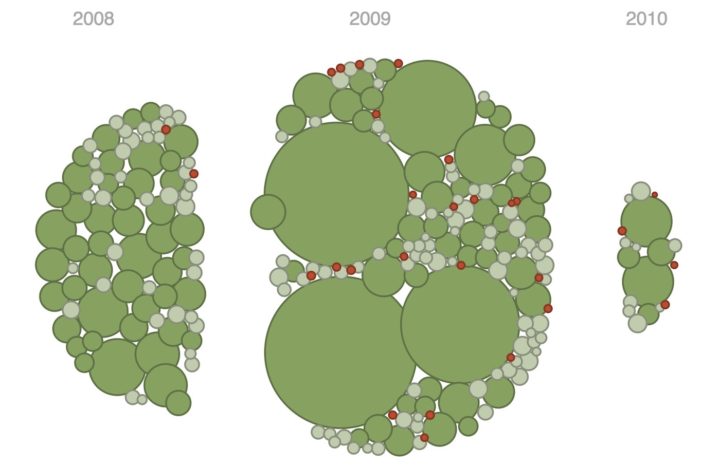
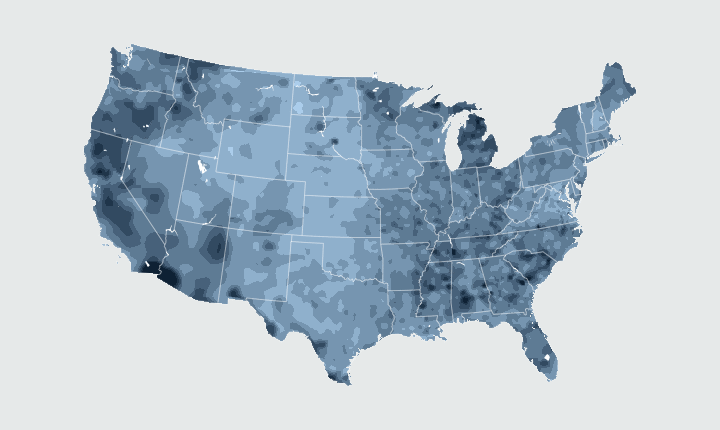
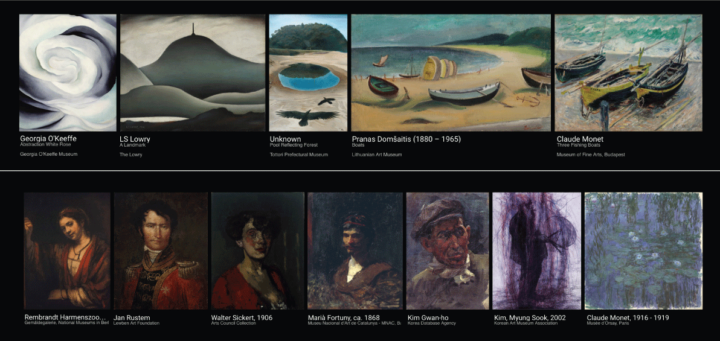

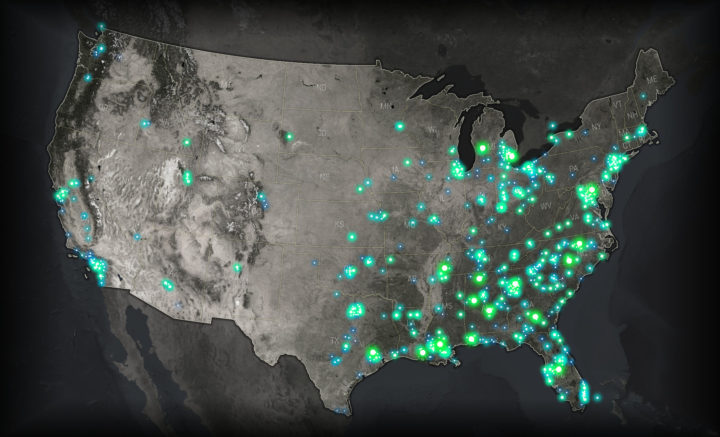

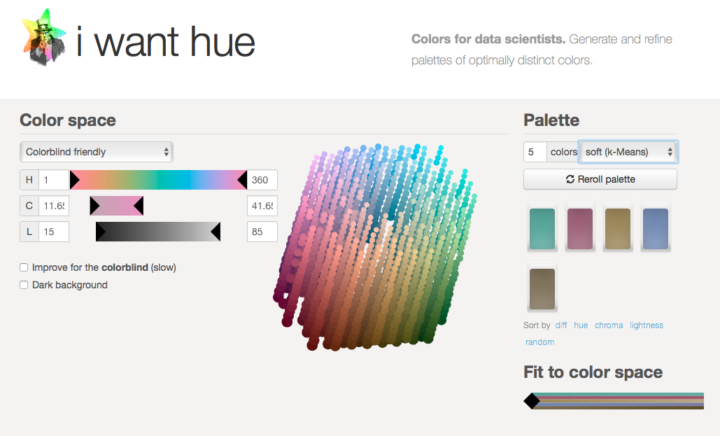
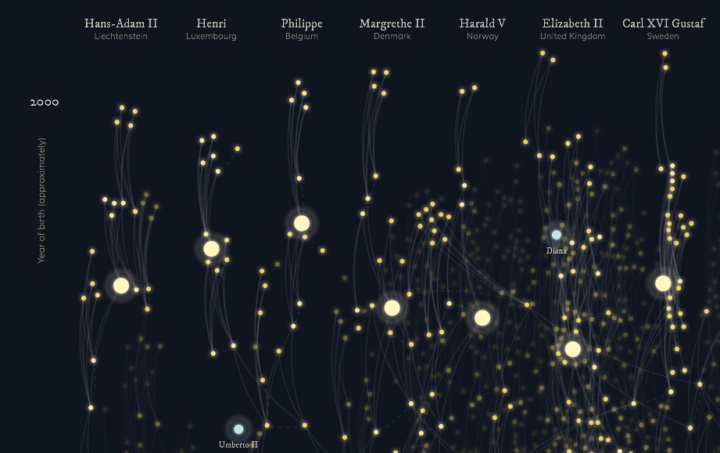

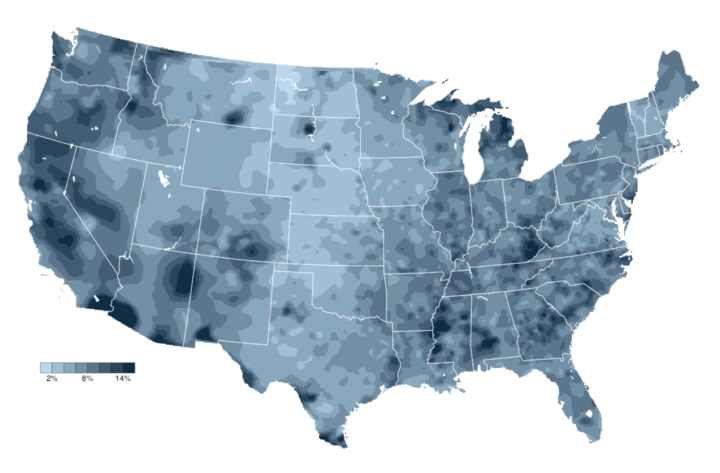
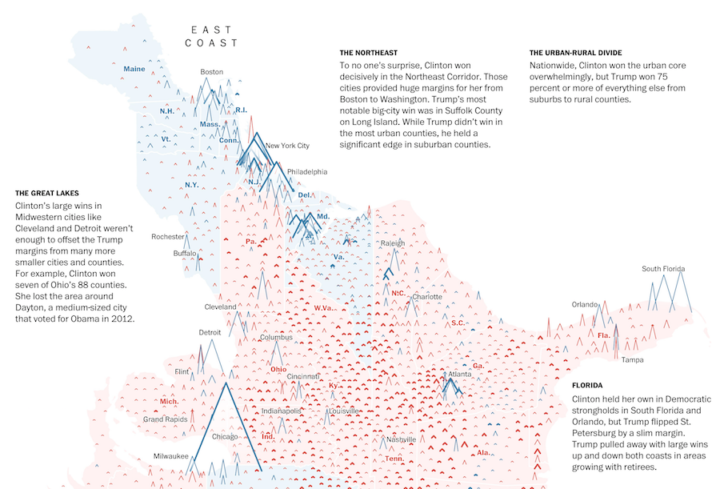
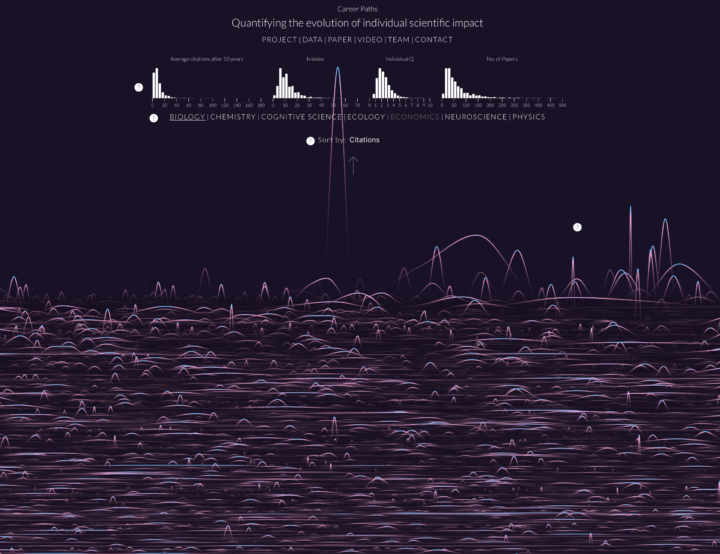


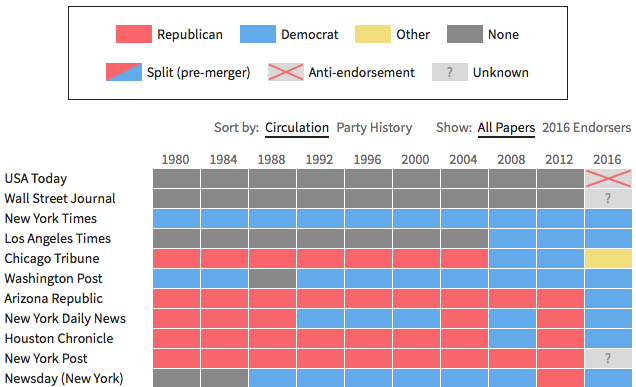
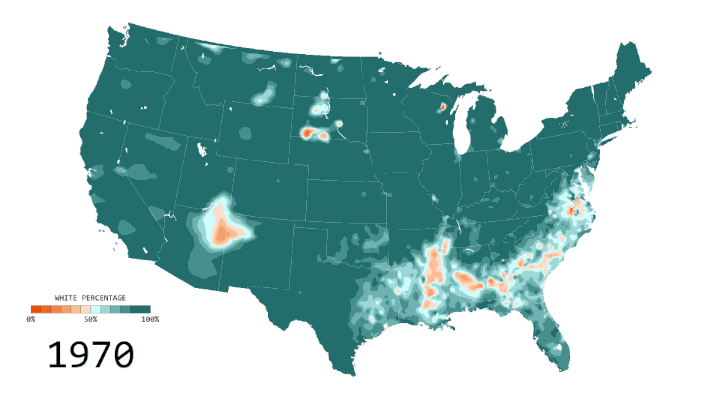
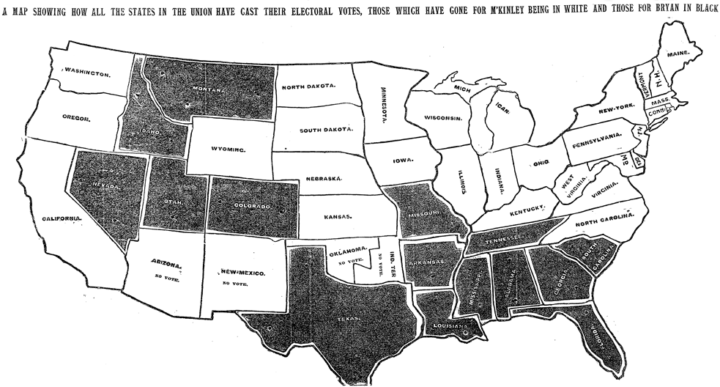
 Visualize This: The FlowingData Guide to Design, Visualization, and Statistics (2nd Edition)
Visualize This: The FlowingData Guide to Design, Visualization, and Statistics (2nd Edition)










